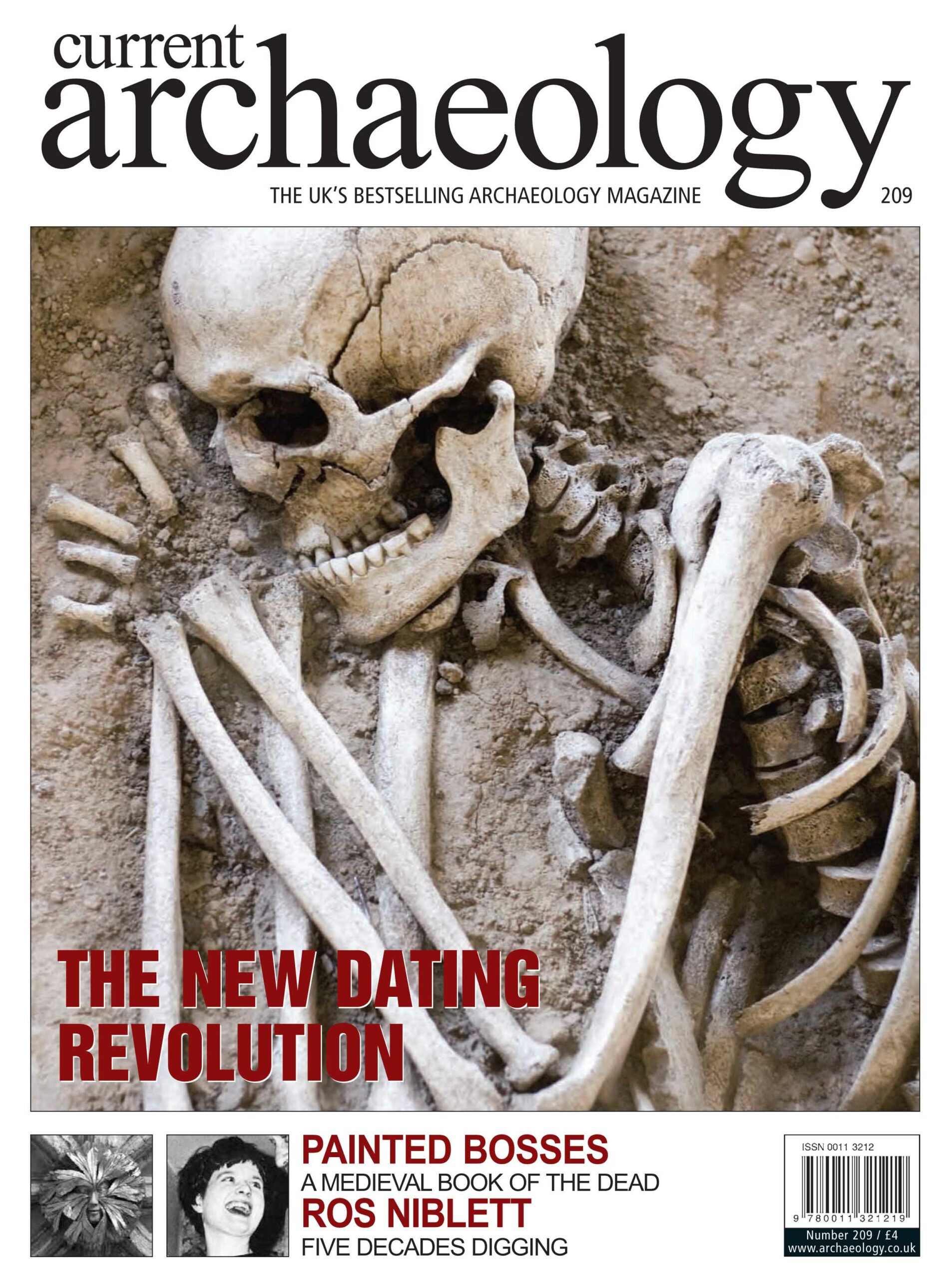Radiocarbon dating revolutionised the study of prehistory. Then it was discovered you had to calibrate dates or you could be centuries out. Calibration was the second radiocarbon revolution. Now there is a third.
Bayesian statistics are narrowing radiocarbon date-ranges down to a fraction of what they were. Suddenly, prehistoric chronologies have stopped being ‘fuzzy’ and we can see what was happening at specific moments in time 6,000 years ago. The first results of a major new dating programme ‚ for five Neolithic long-barrows ‚ have just beenm published. Our first main feature this issue is a full report on the third radiocarbon dating revolution. Then we look back. Ros Niblett is one of the top figures from the postwar generation of field archaeologists. Her work transformed our knowledge of two major Roman towns ‚ Colchester and Verulamium. As she retires from full-time employment as St Albans District Archaeologist, we profile Ros and her five decades of urban archaeology. We stay with the Romans in our third feature. Here we challenge everyone who thinks tile is dull. Peter Warry has made a special study of Roman tile, and, as he explains, it is packed with information about dates, construction methods, building function, and even Roman-style privatisation. Many feel the Roman mind-set is more familiar to us than the medieval. Certainly there are mysteries locked up in some medieval art. Sally Mittuch has been studying some of the most enigmatic of the 1000 or so stunning 14th century stone bosses that adorn Norwich Cathedral. The result is an extraordinary window into medieval conceptions of death and resurrection.

